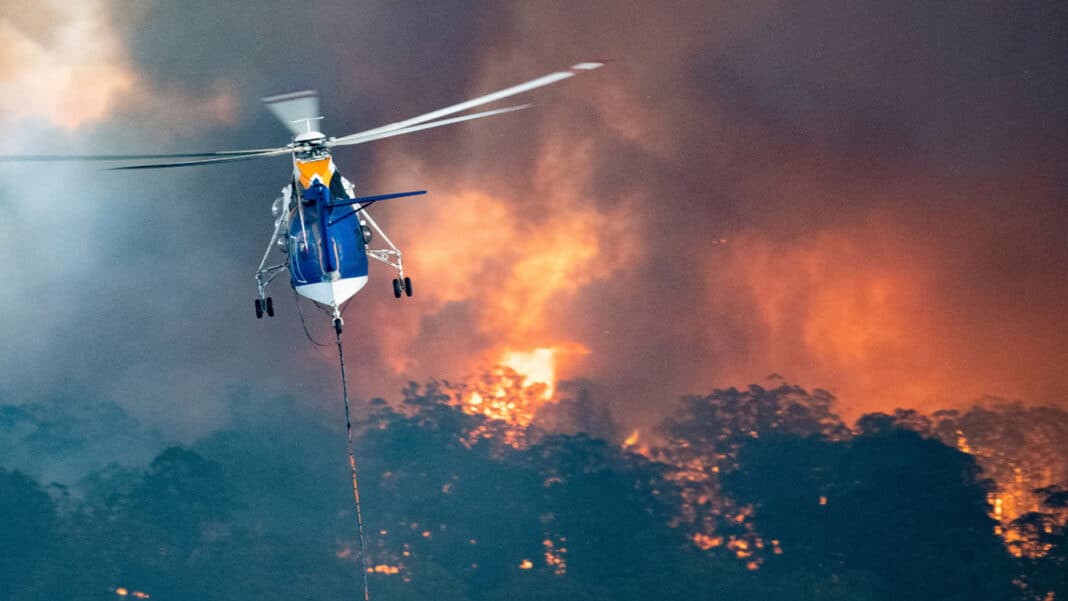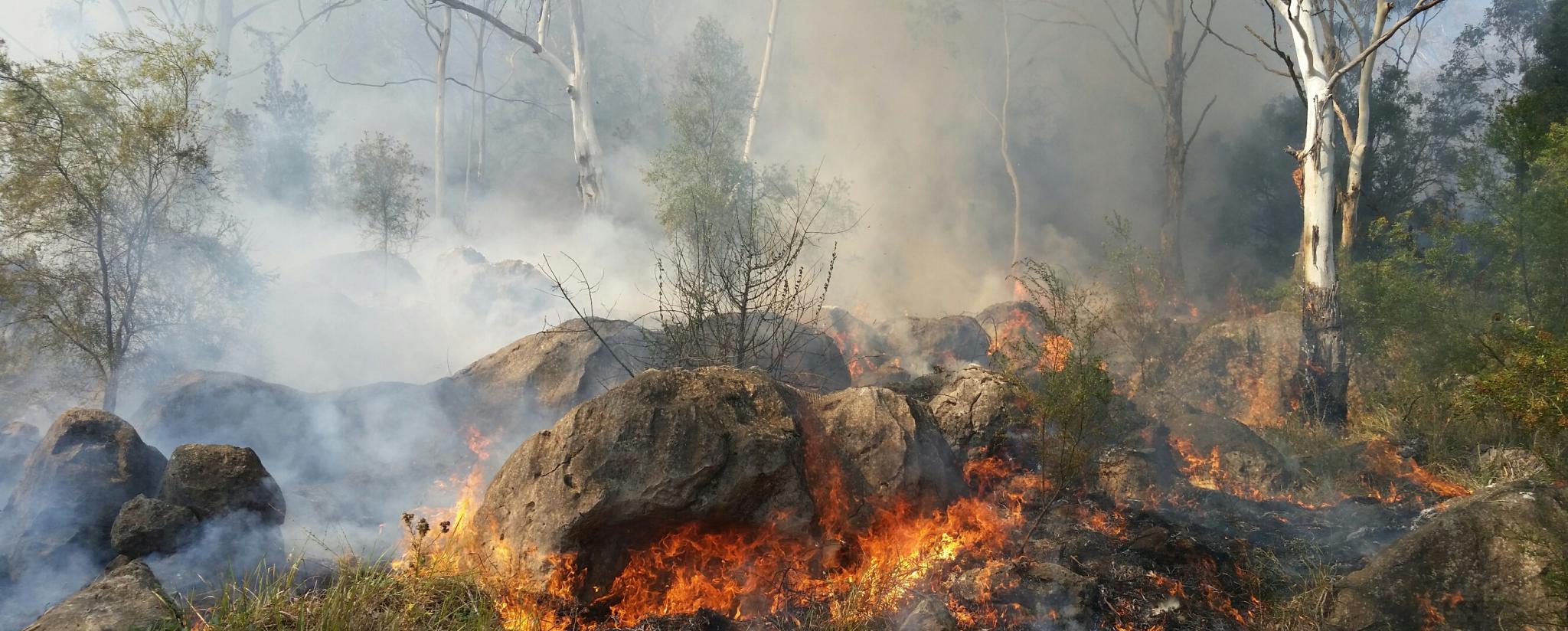Debunking BAL Reports: An Overview to Understanding Your Residential or commercial property's Bushfire Risk
Debunking BAL Reports: An Overview to Understanding Your Residential or commercial property's Bushfire Risk
Blog Article
Just How BAL Report Impacts Shrub Fire Defense Actions
In the world of bush fire security, the Building Strike Degree (BAL) report stands as an important device that significantly influences the safety and security and durability of homes in fire-prone locations - BAL Report. The influence of a BAL evaluation expands much past plain documents; it works as the foundation for identifying the ideal construction criteria and fire defense measures required to reduce the threats positioned by bushfires. As communities face significantly extreme fire periods, recognizing how the BAL record shapes these protective procedures comes to be vital for policymakers, property owners, and building contractors alike
Recognizing the Bushfire Attack Degree

Relevance of BAL Record Analysis
Moreover, the BAL record analysis functions as a fundamental step in conforming with legal responsibilities and demands associated with bushfire protection. Regional councils and authorities usually mandate the entry of a BAL record as part of the planning and building approval process to ensure that residential properties are appropriately guarded against bushfire threats. Failing to perform a detailed BAL report assessment can cause advice poor defense measures, leaving properties vulnerable to ruining bushfire incidents.
Construction Standards Based on BAL
A thorough understanding of the Bushfire Assault Degree (BAL) enables property proprietors to carry out construction requirements tailored to their details threat profile. Building standards based on BAL are important in reducing the influence of bushfires on buildings. The BAL rating classifies the prospective threat a residential property encounters during a bushfire on a scale from BAL-Low to BAL-FZ (Flame Zone)
Executing Fire Protection Measures
With the structure of building and construction criteria based on Bushfire Strike Degree (BAL) in position, the emphasis currently changes in the direction of the see here now useful execution of fire security steps to strengthen properties against bushfire threats. Applying fire security measures includes a mix of passive and active strategies to boost the strength of buildings in bushfire-prone areas. Passive actions include using fire-resistant structure materials, installing ember guards on vents, securing spaces in wall surfaces and roofing systems, and keeping a clear space around the building without combustible plants. Active procedures incorporate having firefighting equipment conveniently offered, such as hose pipes and water pumps, in addition to developing a defendable space around the building by clearing plants and having a properly maintained garden. In addition, establishing a discharge plan and making certain all locals are mindful of emergency situation procedures are essential components of effective fire security steps. By integrating both passive and active strategies, properties can considerably minimize their vulnerability to bushfire cases and raise the security of passengers.
Safeguarding Homes Versus Bushfires
Efficiently protecting homes versus the devastating effects of bushfires needs a positive and detailed strategy to fire protection measures. Additionally, sealing vents and voids to prevent cinder invasion, as well as integrating fireproof doors and windows, can help fortify the home's protection against bushfires. By embracing an aggressive position and integrating these safety actions, property owners can substantially enhance their chances of guarding their homes against bushfires.
Conclusion
To conclude, the Bushfire Assault Level (BAL) record plays an essential role in identifying the required protection measures against bushfires. By assessing the BAL, building and construction standards can be tailored to alleviate the risks and Visit This Link guarantee the safety of homes in fire-prone areas. Applying fire security procedures based upon the BAL record is crucial in protecting properties from potential bushfire threats. It is essential for home owners to prioritize BAL evaluations and adhere to suggested building and construction criteria to boost bushfire resilience.
In examining bushfire risk to residential properties, understanding the Bushfire Strike Level (BAL) is an important element for executing efficient protection procedures. In general, a clear understanding of the Bushfire Attack Level is important for executing sufficient security measures and mitigating the effect of bushfires on buildings.

Report this page